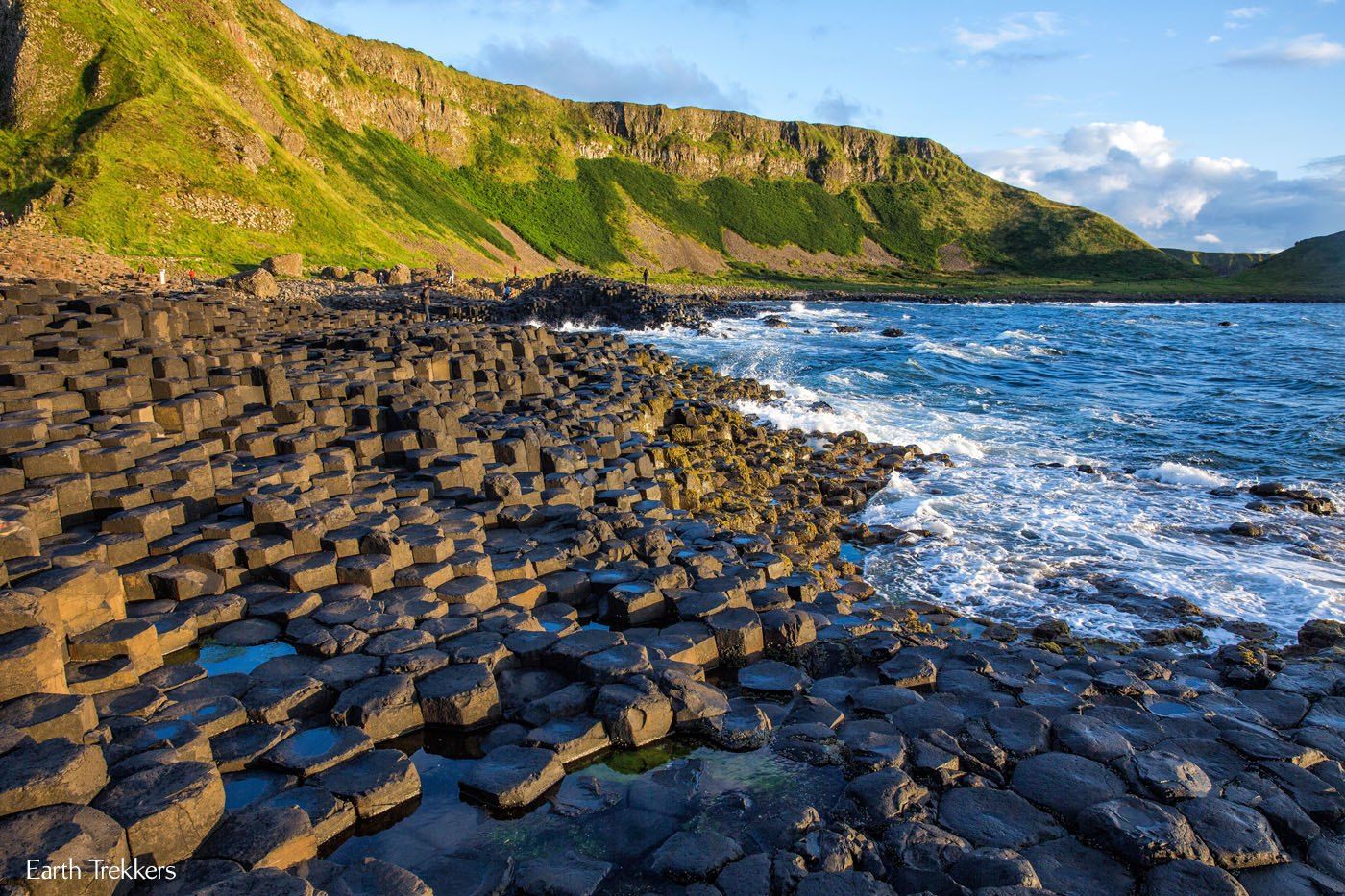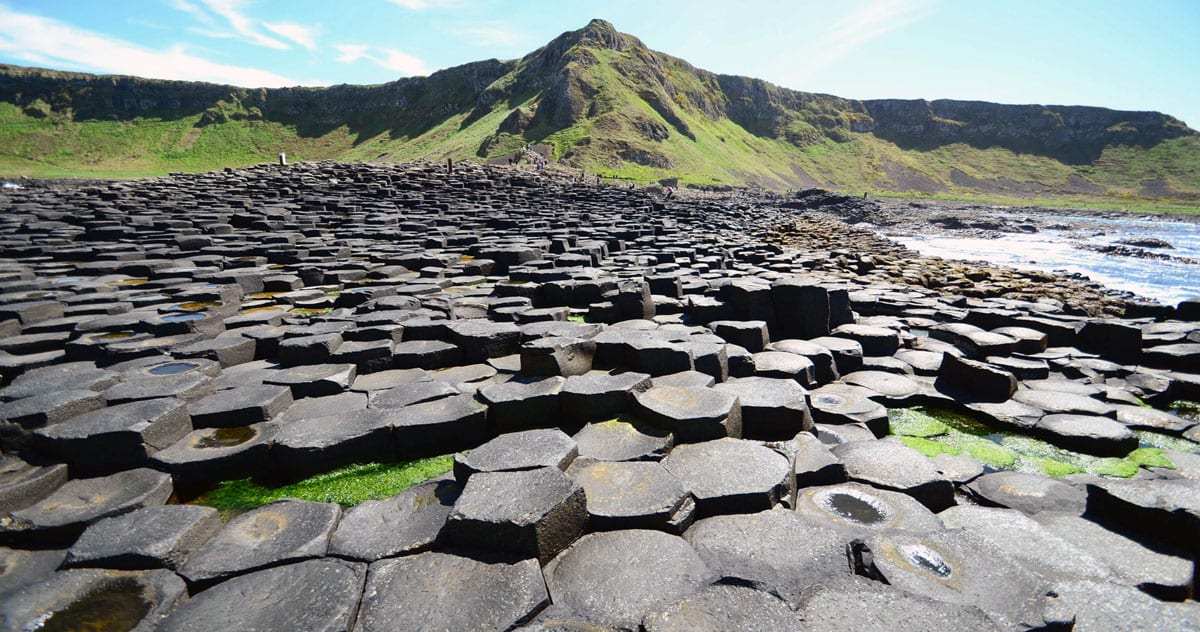The Giant’s Causeway is a must-see when visiting Northern Ireland. The natural phenomenon is made up of 40,000 interlocking basalt columns, formed by an ancient volcanic eruption. Visitors can walk along the Causeway, take in the views of the sea, and learn about the local legend of Finn McCool.
Giant’S Causeway is one of the most popular tourist destinations in Northern Ireland. It is a UNESCO World Heritage Site and home to some of the most unique rock formations in the world. The best things to do in Giant’S Causeway are:
1. Walk along the causeway – The Giant’s Causeway is made up of over 40,000 hexagonal basalt columns. It is a truly unique sight and well worth a walk along the causeway.
2. Visit the Giants Causeway Visitor Centre – The Visitor Centre tells the story of how the Giant’s Causeway was formed and also has some great interactive exhibits.
3. Take a boat tour – There are several boat tours available from Portrush which will take you out to see the Giant’s Causeway from the sea. This is a great way to get some great photos.
4. Go for a hike – There are several hiking trails in the area which offer stunning views of the coastline and Giant’s Causeway itself.
How Much Time Do You Need at Giants Causeway?
If you want to experience everything that the Giants Causeway has to offer, plan on spending at least a full day there. That way, you’ll have plenty of time to explore the unique rock formations, take in the stunning views, and maybe even go for a swim. Of course, you can always stay longer if you want!
Many visitors make a weekend of it, staying in one of the nearby towns and enjoying all that this part of Northern Ireland has to offer.
Is Giant’S Causeway Worth the Trip?
Absolutely! The Giant’s Causeway is one of the most unique and beautiful places on earth. Formed by an ancient volcanic eruption, the Causeway is a series of over 40,000 interlocking basalt columns that stretch for miles along the coastline.
It’s an impressive sight to behold and well worth the trip.
What is Giant Causeway Famous For?
The Giant’s Causeway is a UNESCO World Heritage Site and National Nature Reserve in Northern Ireland. It is made up of around 40,000 interlocking basalt columns, which were formed by an ancient volcanic eruption. The columns are hexagonal in shape and vary in height from 3 to 12 metres.
The Causeway Coast Path runs along the cliff tops for over 50 kilometres, providing stunning views of the coastline.
How Long is the Walk around Giant’S Causeway?
The Giant’s Causeway is located in Northern Ireland and is made up of around 40,000 interlocking basalt columns. The tallest column is around 12 metres high. The area covers around 66 hectares.
Visitors can walk along the cliff top path which is 4 kilometres long. The path takes around 2 hours to walk.

Credit: www.earthtrekkers.com
Giant’S Causeway Restaurants
If you’re looking for a Giant’s Causeway restaurant with a view, look no further than the Causeway Hotel. The hotel is situated right on the edge of the cliffs, so you can enjoy stunning views of the sea and the rocks while you eat. The menu features locally sourced produce and seafood, as well as traditional Irish dishes.
There’s also a good selection of wines available. If you want to sample some of the best local seafood, head to Harry’s Shack. This beachside shack serves up fresh fish and shellfish that has been caught by local fishermen.
The menu changes daily, depending on what’s been caught, but you can expect dishes such as grilled lobster or mussels in white wine sauce. It’s simple food done well – and all the better for being enjoyed outdoors with a view of the sea. For something a bit more formal, book a table at Niven’s Restaurant at Bushmills Inn.
This Michelin-starred restaurant serves modern Irish cuisine using seasonal ingredients. Dishes might include roast saddle of venison with parsnip puree or baked Alaska with rhubarb compote – all served with matching wines selected by the sommelier. After dinner, relax in one of the inn’s luxurious bedrooms or take a stroll around its pretty gardens.
Giant’S Causeway Tours
The Giant’s Causeway is a World Heritage Site and National Nature Reserve in Northern Ireland. It is an area of about 40,000 interlocking basalt columns, the result of an ancient volcanic eruption. The Causeway is also home to a number of unique plants and animals, making it a popular spot for nature lovers.
There are several companies that offer tours of the Giant’s Causeway, ranging from half-day excursions to multi-day hikes. These tours typically include transportation to and from the site, as well as a knowledgeable guide who can share information about the geology and history of the area. Visitors should be prepared for some moderate hiking, as there are a few uphill sections on the trail.
Whether you’re looking for an educational experience or just a chance to enjoy some beautiful scenery, a tour of the Giant’s Causeway is sure to please.
Giant’S Causeway Deaths
The Giant’s Causeway is a world-famous tourist destination in Northern Ireland. But the natural wonder has also been the site of a number of deaths over the years. In August 2011, a 15-year-old girl died after falling from the cliffs near the Causeway.
And in July 2017, a man in his 20s died after falling from the rocks. Rescue teams have warned visitors to be careful when exploring the area, as there are many hidden dangers. The Giant’s Causeway is an amazing place to visit, but everyone should be aware of the risks involved in venturing too close to the edge.
Conclusion
The Giant’s Causeway is an area of unique rock formations located in County Antrim, Northern Ireland. The hexagonal columns of basalt rock were formed by ancient volcanic activity and are a popular tourist attraction. Visitors can walk on the Causeway, take in the views, and learn about the geological history of the area.
There are also several nearby attractions such as the Carrick-a-Rede rope bridge and Dunluce Castle.
